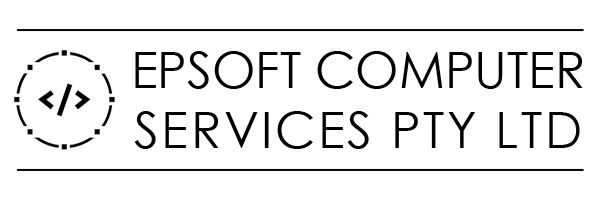Ransom-ware is a type of software that installs itself on your PC then proceeds to encrypt all your files so you can’t access them. It will usually then direct you to a web page where you can pay to have the files un-encrypted. At present there are few options, either pay or restore your files from a backup. Even if you pay there’s no guarantee that they will actually decrypt your files.
The best way to avoid ransom-ware is to be careful opening email attachments or clicking suspicious links. As always, make sure you have good backups in place including offsite and/or cloud based backups. If your backup drives are connected to your PC or network the ransom-ware can encrypt that as well!
For example, check out this suspicious email I received just today:

There’s a few obvious issues here the most obvious being the return address, pchapman43@cox.net, doesn’t seem like a likely address that the ATO would use. Also, the attachment is a Word document, the ATO would never send a word document. Always be suspicious and if in doubt, don’t open it and contact the sender directly via a known phone number or email address.
Another thing to look out for is attachments with hidden extensions. The extension is the letters on the end of the filename that indicate the type of file. Scammers will often put a double extension such as .pdf.exe Windows often hides these extensions so you don’t see the .exe and might think it’s just a .pdf file.
I recommend always showing the extension so you can see the file types. You just have to be careful when renaming files that you retain the correct extension/type. Just go into your Folder Options and un-tick “Hide extensions for known file types”. I also show hidden files but that’s just a personal preference, you don’t normally need to see those.





